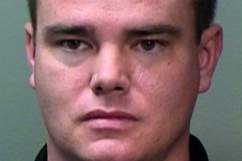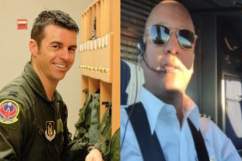A pilot was arrested Wednesday morning in South Dakota after he tried to fly a Delta Airlines plane to Salt Lake City while drunk, Rapids City Police say.
Russel Duszak, 38, was charged with operating an aircraft under the influence of alcohol, police said in a press release.
Duszak, of Salt Lake City, is a pilot for Skywest Airlines, a regional airline that was operating for Delta, CBS News reports.
“The system worked the way it is designed to ensure passengers safety was not compromised,” Police Chief Karl Jegeris said on Twitter.
Police gave spelled Duszak’s name as Russel Duszak, while he is listed on social media in Federal Aviation Administration records as Russell Duszak.
Here’s what you need to know:
1. Police Say Officers Were Notified After Someone Smelled Alcohol on Duszak’s Breath
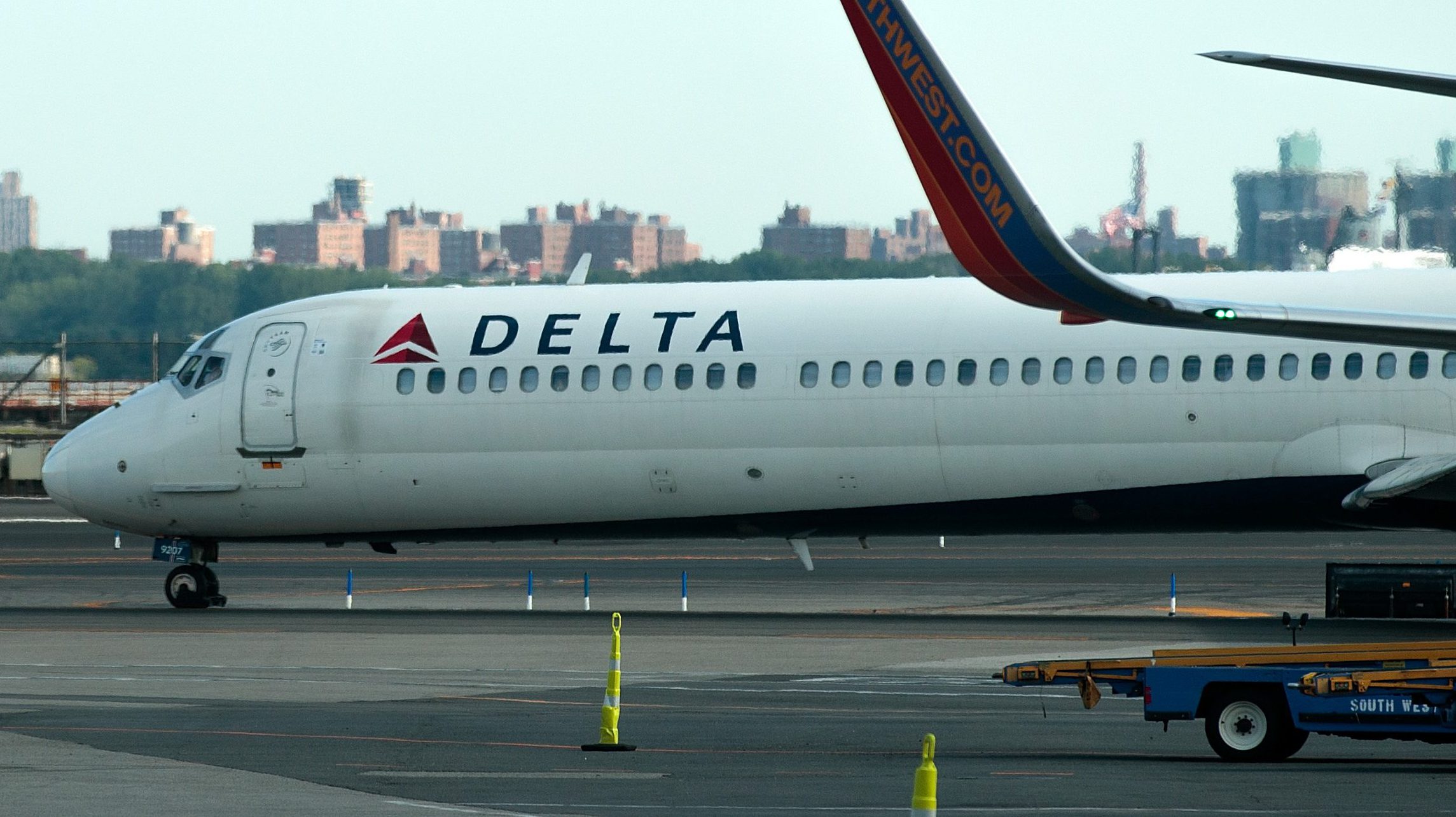
(Getty)
Officers were notified by TSA agents “that a Skywest Airlines pilot smelled of alcohol,” about 8 a.m., the Rapid City Police Department said in a press release.
Duszak was found to have a blood alcohol content above .04, according to police. They did not specify what is BAC was.
“Airport Management and Airline Officials have been helpful to ensure passenger safety is a top priority,” Police Chief Karl Jegeris said on Twitter.
The flight was delayed for about two hours.
2. He Was Previously a Pilot for the Mesa Air Group & Has Been With SkyWest Since 2006
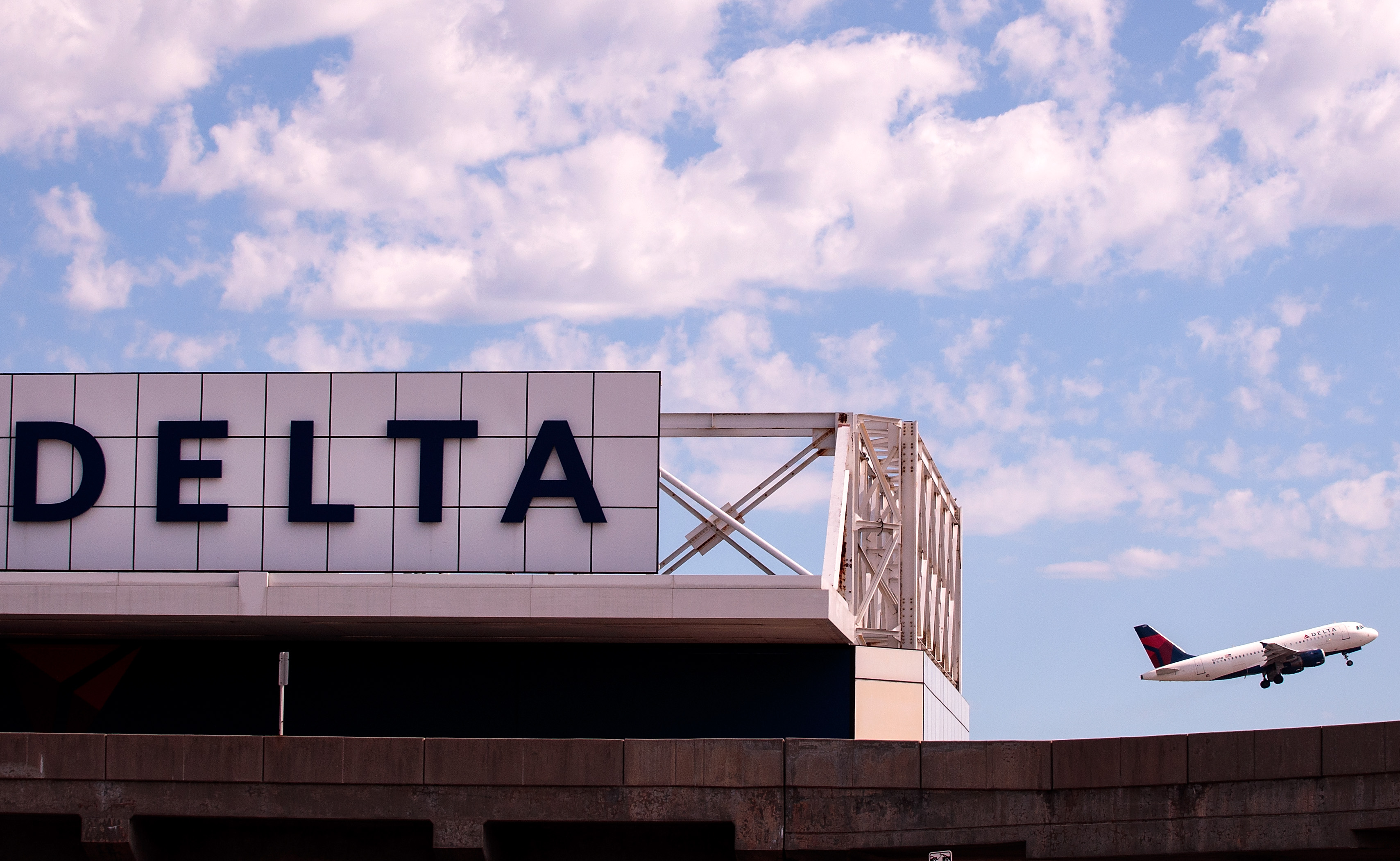
(Getty)
Duszak was previously a pilot for Mesa Air Group from 2004 to 2006, according to his Linkedin profile. He has worked for SkyWest Airlines since 2006, he says on Linkedin.
Duszak could not be reached for comment. It is not clear if he has hired an attorney.
He was booked into the Pennington County Jail, police said.
3. Delta Says the Pilot Has Been Removed From Flying Duties While the Case Is Investigated
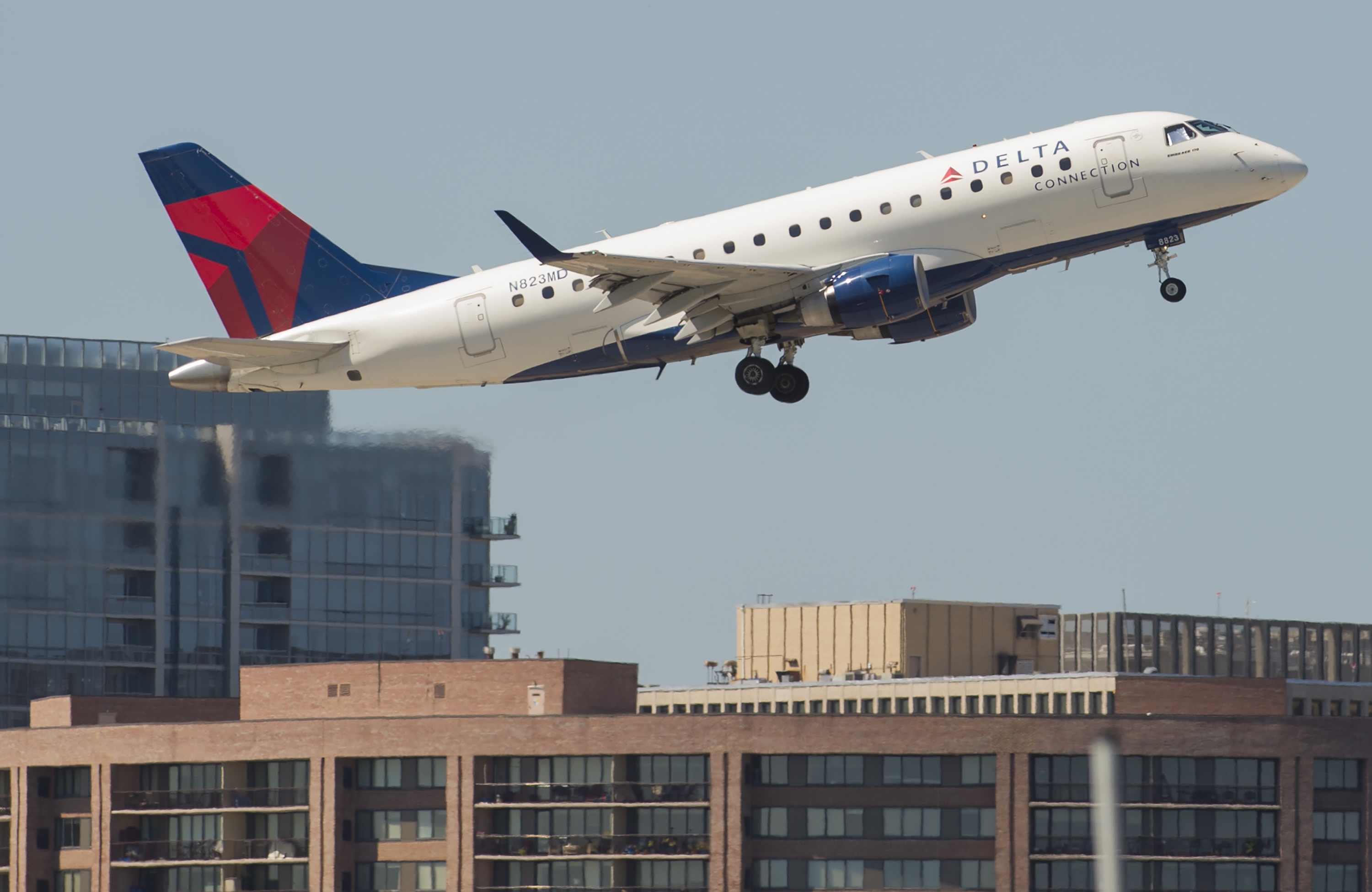
(Getty)
Delta Airlines responded to the incident Wednesday on Twitter.
“SkyWest holds its employees to the highest standards of professionalism and the safety and security of our customers and people are our top priority,” Delta said. “We apologize to our passengers for the delay of SkyWest flight #4574, operating as Delta Connection from Rapid City to Salt Lake City, due to a crewmember issue.”
Delta added, “The crewmember has been placed on administrative leave and removed from flying duties as we investigate this situation. We are cooperating fully with law enforcement’s investigation into this matter.”
4. He Is the Latest Pilot for a Major Airline to Be Accused of Trying to Fly While Drunk
Duszak is the latest pilot for a major airline to be accused of trying to fly while drunk. He could also be facing federal charges, like former Alaska Airlines pilot David Arntson, who was arrested last year.
Arntson, 60, was charged in January 2016 in the Central District of California with operating a common carrier while under the influence of alcohol or drugs, prosecutors said.
“Those in command of passenger jets, or any other form of public transportation, have an obligation to serve the public in the safest and most responsible way possible,” U.S. Attorney Eileen M. Decker said in a statement. “We cannot and will not tolerate those who violate the trust of their passengers by endangering lives.”
He was later indicted by a grand jury in February on the same charge. Unlike Duszak, Arntson is accused of flying the plane while drunk.
Arntson was randomly tested after piloting two Alaska Airlines flights on June 20, 2014, according to court documents. The incident and charges were not made public until Thursday, January 21, 2015, when Arntson appeared in court for the first time.
He was the pilot on flights from, Flight 573 from San Diego International Airport to Portland, Oregon, and Flight 580 from Portland to John Wayne Airport in Orange County, prosecutors said.
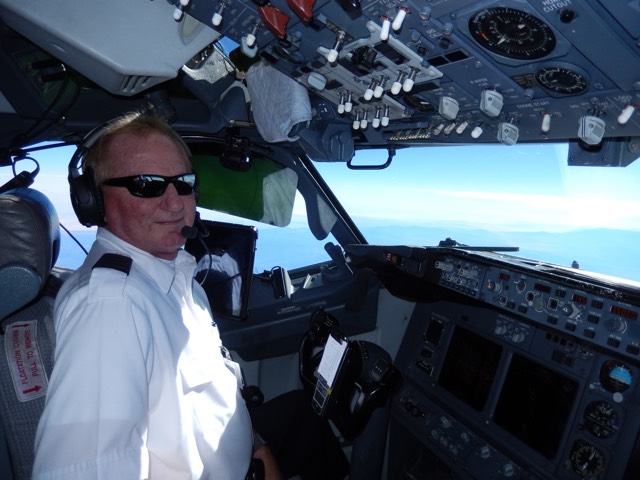
David Arntson, a former Alaska Airlines pilot, has been arrested on federal charges accusing him of flying a passenger plane while drunk. (Google+)
After landing at John Wayne, an Alaska Airlines technician performed two breathalyzer tests on Arntson. The first test had a blood alcohol concentration of 0.134 percent and the second was 0.142 percent, prosecutors said.
Arntson, who has since retired, was then pulled from work.
Federal law says that a person operating a “common carrier,” like a commercial airliner, is under the influence of alcohol if the blood alcohol content is 0.10 percent or higher, according to a press release from the Central District of California.
The case is still pending. He faces up to 15 years in prison.
In August, two United Airlines pilots suspected of being drunk were arrested at Glasgow Airport in Scotland, the BBC reported.
The American pilots were identified by the Daily Mail as Brady Grebenc, 35, and Carlos Licona, 45.
They were set to fly from Glasgow to Newark, New Jersey.

Brady Grebenc, left and Carlos Licona. (Facebook/Linkedin)
The arrests of Licona and Grebenc came a month after two Canadian pilots were detained at Glasgow Airport on the same charges.
Jean-François Perreault, 39, and Imran Zafar Syed, 37, pilots for Air Transat, were arrested on July 18, the Toronto Star reported.
“The safety of our crew and passengers is and will always be our top priority, and the recent event in Glasgow goes against the values of our airline,” Air Transat spokesperson Pierre Tessier said in a statement to the Star. “We apologize for any inconvenience this may have caused our passengers.”
Perreault, the plane’s pilot, and Syed, his co-pilot, were released on bail and the charges are still pending against them.
5. FAA Guidelines Call for ‘8 Hours From Bottle to Throttle’
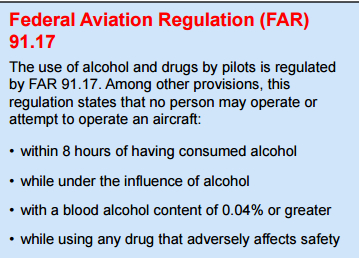
(FAA)
The Federal Aviation Administration guidelines call for “eight hours from bottle to throttle,” meaning pilots should not drink alcohol in the eight hours before a flight. It encourages pilots to not drink in the 24 hours before flying.
“Consider the effects of a hangover. Eight hours from ‘bottle to throttle’ does not mean you are in the best physical condition to fly, or that your blood alcohol concentration is below the legal limits,” the FAA says.
Flying, while fun and exciting, is a precise, demanding, and unforgiving endeavor. Any factor that impairs the pilot’s ability to perform the required tasks during the operation of an aircraft is an invitation for disaster,” according to the FAA. “The use of alcohol is a significant self-imposed stress factor that should be eliminated from the cockpit. The ability to do so is strictly within the pilot’s control.”



